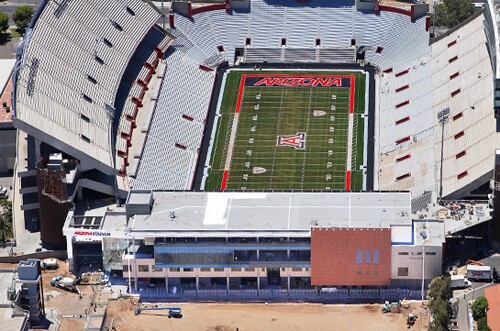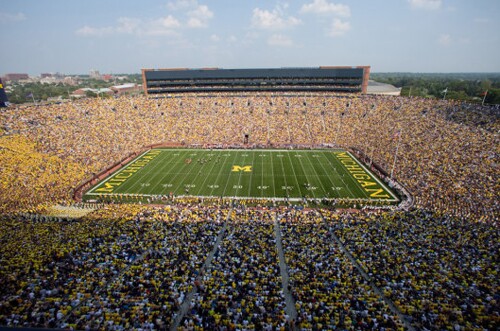























After Immigration and Customs Enforcement agents arrested its superintendent, Des Moines Public Schools is taking a $265 million GO bond measure to voters.
The softer-than-expected September consumer price index report, released Friday, reinforced confidence in the likelihood of a Fed rate cut at its October meeting and potentially at its December meeting, said Tom Kozlik, managing director and head of public policy and municipal strategy at HilltopSecurities.
Illinois' Grand Prairie Water Commission went to market Monday in a debut deal as it builds infrastrcture linking the Joliet area with Chicago's water system.
Contractors that have been absorbing cost increases in fixed-price projects may insist on the more flexible pricing built into progressive design-build delivery models.
Moody's cited the school's weakening liquidity levels in its downgrade.
The Trump administration has denied an appeal for $33.7 million in FEMA relief funds for flood damage incurred in western Maryland, which ends the possibility of aid for a state already reeling from job losses.